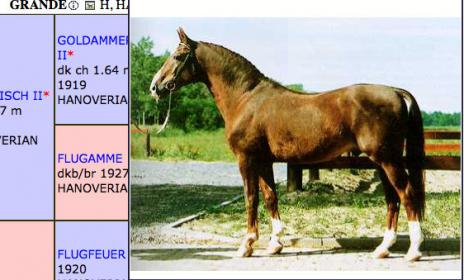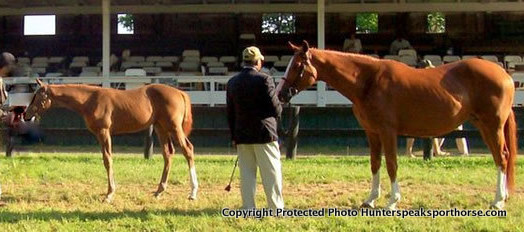I wonder if the endless COTH wisdom can clarify something for me.
As far as I know, Grande is considered to be the sire of very sound horses. It has been hammered into my head that if I want to increase the odds of a foal getting to top sport, Grande is probably desirable.
However, after taking a look at every stallion registered in sporthorse.com sired by Grande, I noticed most of them (if not all) have a variable degree of sickle hocks… and sickle hocks decrease the chance of a horse staying sound.
Can anyone clarify this?






